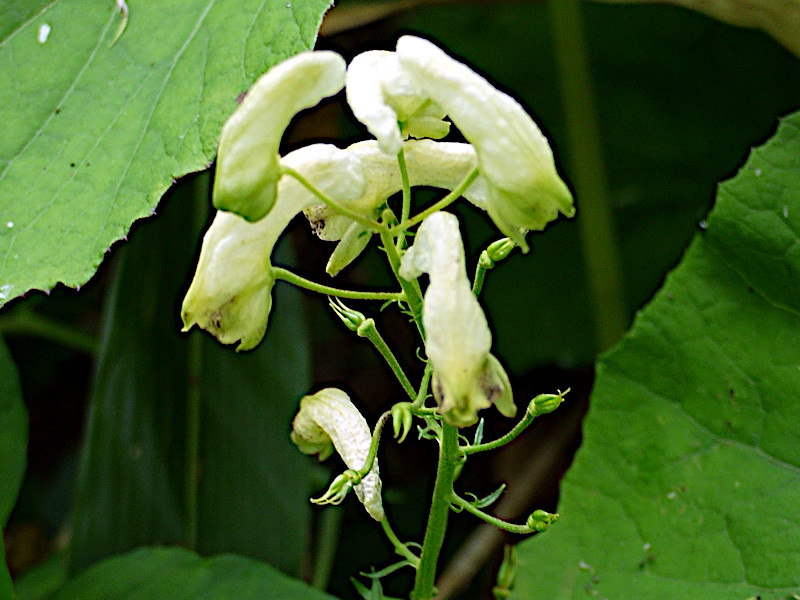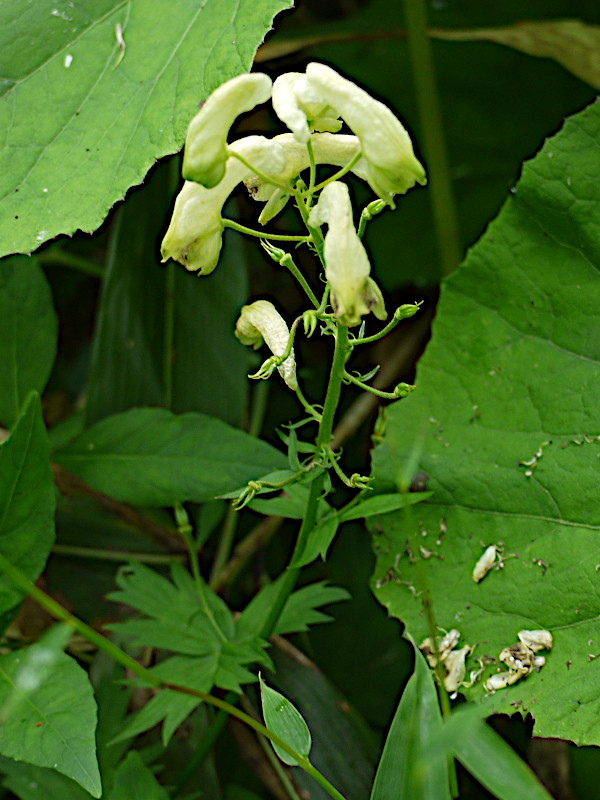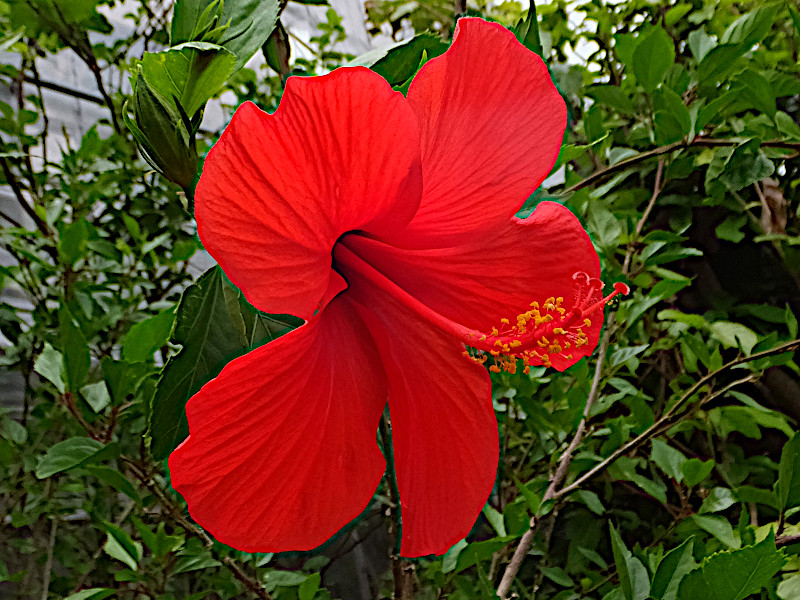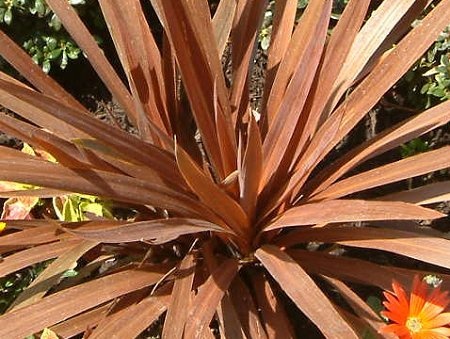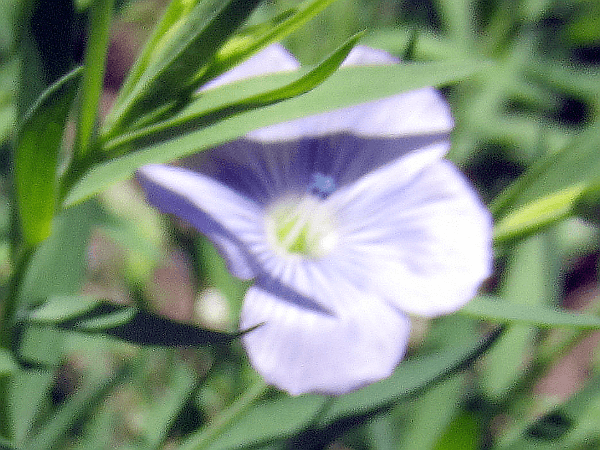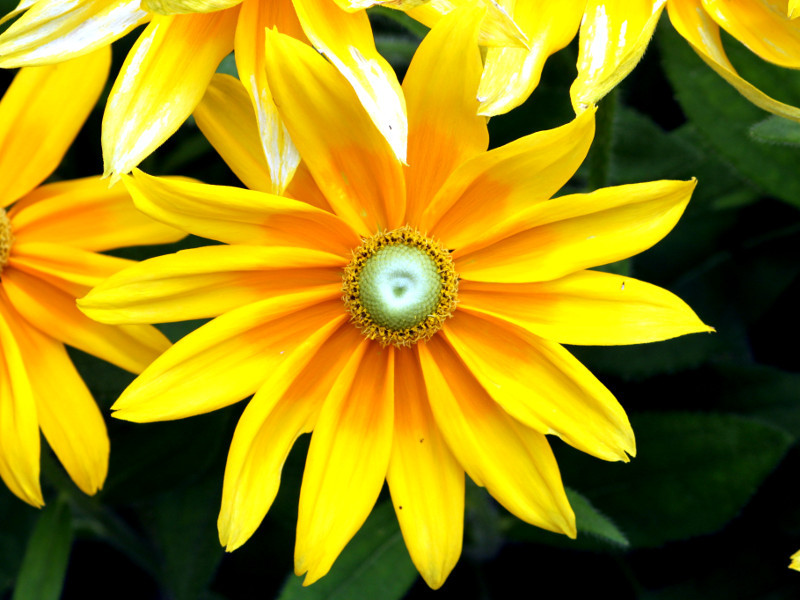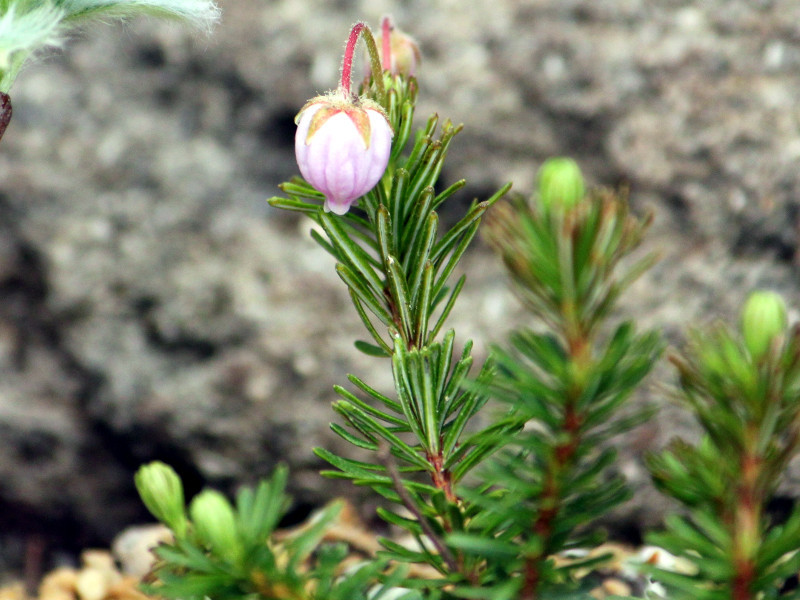Aconitum iinumae
- Flower nameAconitum iinumae
- Scientific nameAconitum iinumae
- AliasReijinsou, 伶人草
- Place of originJapan
- Place of floweringHigh mountain, Sub-alpine
- Flowering seasonJuly, August, September
What is Aconitum iinumae
Aconitum iinumae (scientific name: Aconitum iinumae) is a perennial plant of the genus Aconitum iinumae in the family Ranunculaceae, endemic to Japan. It grows wild in moist meadows and forest margins in subalpine to alpine areas in central Honshu and northward. The herb is 50-100 cm tall with erect stems. It has large, kidney-shaped leaves with 7 to 9 lobes, and produces numerous light-colored, helmet-shaped flowers in July to August in a raceme at the top of the stem. What looks like petals are sepals, and petals are inside the sepals. The Japanese name is derived from the fact that the flowers are larger than those of Aconitum loczyanum (scientific name), which was named for its resemblance to the crowns worn by performers in a dance performance (minstrels). The "iinumae" has light pink flowers, whereas the "big iinumae" has flowers. The species name "iinumae" is a dedication to the Japanese herbalist of the Edo period, Iinuma Kyousai. It is related to Aconitum loczyanum (scientific name: Aconitum loczyanum).
Common name: :Aconitum iinumae, scientific name: Aconitum iinumae, Origin: Japan, Distribution: Subalpine to alpine areas in Japan north of central Honshu, Environment: Wet grassland, forest margins, Life form. Perennial herb, Height: 50-100 cm, Root leaves: kidney-shaped with 7-9 medium lobes, Root leaf length: 30 cm, Stem leaves are small, Inflorescence: raceme, Flowering site: stem top, Flowering season: July-August, Flower color: pale yellow, Corolla: helmet-shaped, Petals look like petals but are inside the sepal + whorled stamen, Flower length: 2.5-3 cm, Flower Flower length: 2.5-3 cm, Flower stalk length: 1.5 cm, Fruit: pouch fruit, Origin of name: The grass resembles a crown worn by players in a dance performance (minstrels) and tastes larger than minstrels' grass, Corolla: lip-shaped, Use: Chinese medicine for skin diseases, Remarks: All plants are toxic.
